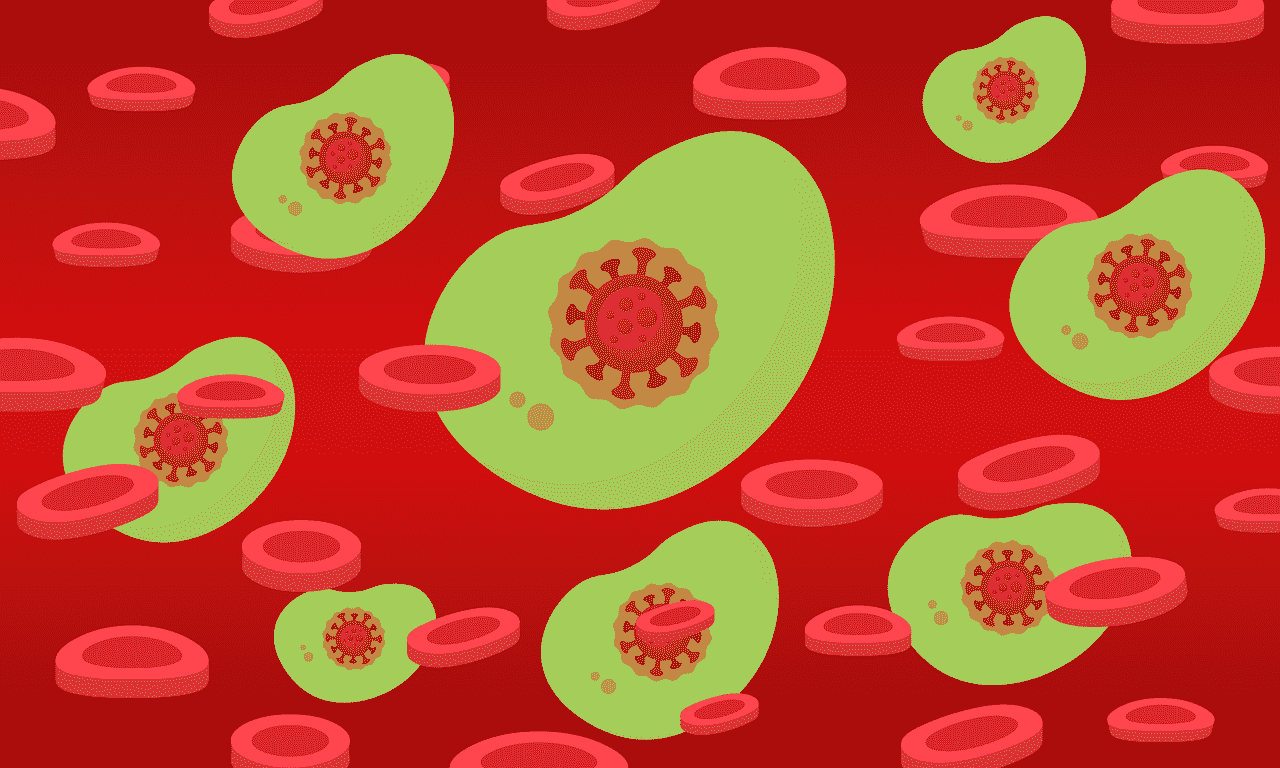
Overview
Blood clotting (coagulation), is a process where platelets and proteins in your blood form gel-like clumps. They are beneficial when formed in response to an injury or break in the skin as they plug the injured blood vessel which then stops bleeding. However, at times clots can form in your blood vessels without a cause and they don’t dissolve naturally. This can lead to dangerous situations requiring medical intervention.
Signs and Symptoms
Blood clots are formed when platelets and plasma proteins thicken, forming a gel-like mass. This is only a problem when the clots form in blood vessels that don’t have an injury. Once these clots are formed they don’t dissolve naturally and can travel to other parts of your body which can cause trouble. Factors that can cause blood clots as well conditions that are associated with blood clots include: heart attack, heart failure, obesity, antiphospholipid symdrome, pregnancy, smoking, surgery, bed rest, and strokes.
The symptoms of a blood clot will vary depending on where the clot is located, so it is important to be aware of the following symptoms and what they could mean.
If the clot is in your heart you could experience: shortness of breath, nausea, sweating, light headedness, chest pain or heaviness, and discomfort in other areas of the upper body. If the clot is in your brain you may notice: sudden and severe headaches, difficulty speaking, weakness of the face, arms, or vision problems. If the clot is in your arm or leg you will experience swelling, tenderness and warmth of the limb as well as some swelling and the gradual onset of pain. If you have sharp chest pain, shortness of breath, fever, sweating, racing heart, or are coughing up blood the clot could be in your lungs. If the clot is in your abdomen you will experience vomiting, diarrhea, or severe abdominal pain.
Deep vein thrombosis (DVT) is when a blood clot forms in one of your deep veins, generally in the legs but it could be in your arms. Symptoms include: swelling of one limb, reddish or bluish skin discoloration, leg pain or tenderness, limb is warm to the touch. If a clot breaks off from a DVT it can travel to the lung causing a pulmonary embolism which can be fatal. Signs and symptoms of PE can be: sharp or stabbing chest pain, sudden shortness of breath, unexplained cough which can include bloody mucus, rapid heart rate. Seek emergency medical attention for any of these symptoms.
Treatment
There are steps you can take to prevent blood clots and decrease your risk of developing them including: drinking plenty of fluids, lose weight, stop smoking, lower blood pressure, and exercise, and avoid sitting for long periods of time.
Depending on the location of the clot and your overall health there are a variety of treatment options. If you suspect you may have a blood clot talk to your doctor immediately.
Some current treatments for blood clots include: thrombolytics, anticoagulants, thrombectomy, catheter-directed thrombolysis.


